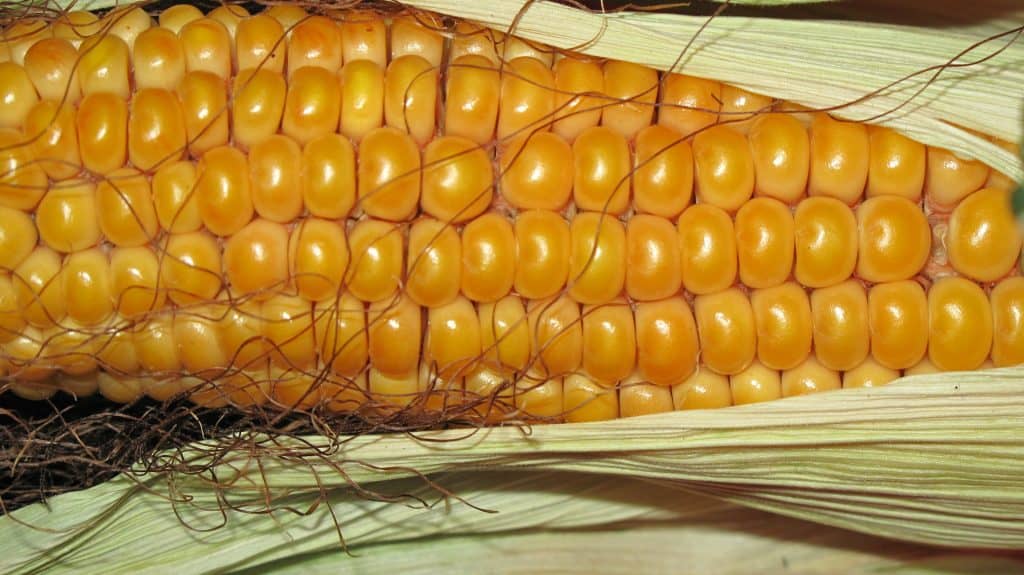Porto Alegre, August 9, 2022 – The arrival of the wheat crop from the Northern Hemisphere and the opening of the export corridor in Ukraine have not been enough to cool the tensions with corn on the Chicago Board of Trade. The market remains tense with the potential result of the US crop, which will begin to define the 2022 productivity on August 12, with the first update based on an effective field survey by USDA. Also with the losses of corn production in Europe, mainly in France, the top regional producer, which will keep the importing bloc from the East and Ukraine. Of course, high premiums for Brazilian corn at the moment reflect these two situations, that is, strong international demand in the face of tension over the US crop, and now sharper losses in Europe. Meanwhile, the Brazilian market is creating a very strong retention environment in the interior, in many cases awaiting some decline in logistic costs. The producer’s expectation of higher prices in the second half is always an attempt to escape the lower harvest prices, but this movement will depend exclusively on the flow of Brazilian exports from now on to give the market the possibility to raise prices. The Brazilian summer crop begins to be planted in the west of Rio Grande do Sul, already with a strong incidence of corn leafhopper, facing a warm winter in 2022.
Global markets offered some reassurance last week due to a more amenable situation between China and the United States as well as to the functioning of the Ukrainian grain export corridor and the cut of export sanctions in some segments by Russia. On the one hand, China seems to have understood that the visit of a US senator to Taiwan was not an act of government but an individual decision, so imposing strict sanctions on the senator, without affecting the trade environment between the two countries thus far.
The Ukrainian export corridor has been made viable and is now loading three ships a day, which is a good pace in a war zone. The picture also seems to have eased the tensions in the oil environment, which tested the level of USD 90/barrel last week. Relief that is also being given by more complicated signs in the Chinese economy, which is once again going through a critical environment with mortgages in its real estate market, and in this case a greater Chinese slowdown could drop oil prices. In this context, China may cause another currency devaluation in the second half of 2022, following the strong devaluation of last May, in an attempt to impose faster activity on the economy via exports.
At the end of the week, however, one piece of information sounded problematic for markets again. With higher interest rates and a more moderate speech by the Fed in July, markets entered a process of tranquility, on the one hand taking the global recessive profile out of scope, and on the other hand attentive to data on employment, inflation and economic activity. forward. Part of these data has changed the routine of expectations again. Job creation in the United States was expected at 258,000 vacancies, and the economy created 528,000. In other words, it seems there is not any slowdown in the US economy, in the job market, and possibly in inflation either. The Fed expects the reduction in the effects of the war brings some short-term deflation due to commodities lows. However, with full employment and rising wages, inflation may still be fueled by demand.
This may also indicate that the interest rate offered by the Fed may not be sufficient to adjust these parameters. Inflation for July and August will be key to this redefinition of interest rate policy at the next meeting on September 21. Brazil’s Monetary Policy Committee (Copom) raised the interest rates by 0.5% even with probable deflation in July and August. This high seems unnecessary, at this moment, mainly during an electoral process and with the good conditions of Brazilian external accounts and the public sector. This interest rate curve is expected to end with this last high.
The dollar index jumped on the US employment data and threatened to further devalue the real. However, capital inflow pressures leveled the Brazilian currency to the balanced environment of BRL 5.20/dollar. This week will be tense internally in Brazil due to the inquiries in the Supreme Court that seek to reach the electoral ineligibility of the current President. Of course, this affects expectations and currency movements.
Follow the Safras Agency on our website. Also follow us on our Instagram, Twitter and SAFRAS TV and stay on top of the main agribusiness news!
Copyright 2022 – SAFRAS Latam

